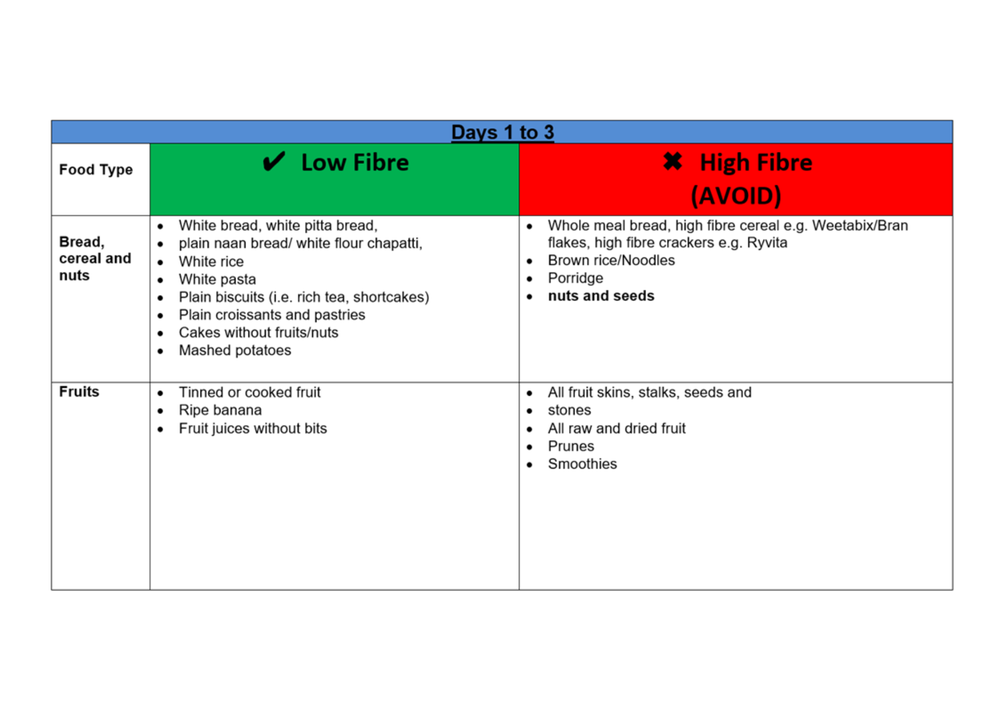
Effective Elimination Diet Meal Plan: Discover Proven Strategies for 2025
In recent years, the elimination diet has emerged as a popular method for managing food allergies, improving digestion, and enhancing overall health. Designed to identify food sensitivities and intolerances, this dietary approach allows one to eliminate specific foods for a period, followed by gradual reintroduction. In this article, we provide a comprehensive meal plan for an elimination diet, highlighting strategies that are not only practical but proven effective for 2025.
Understanding Food Sensitivities and Allergies
Food allergies and sensitivities can lead to a myriad of health issues ranging from digestive discomfort to chronic inflammation. **Elimination diets** are instrumental in pinpointing these problematic foods by removing them from your diet temporarily. This section works to elucidate the distinctions between food allergies and sensitivities, illustrating the importance of the elimination diet. By adopting an anti-inflammatory diet, individuals can potentially experience a significant reduction in symptoms associated with food intolerances.
Recognizing Symptoms and Triggers
Common symptoms of food sensitivities include bloating, fatigue, skin conditions, and digestive issues. It’s essential to maintain a food diary during the elimination phase to track these symptoms and identify potential triggers. This diary can help in recognizing patterns that inform which foods to eliminate. By being mindful of one’s body and its responses, the process of identifying problematic foods becomes more streamlined.
The Process of Elimination Diet
The journey begins with the elimination phase, typically lasting three to six weeks. During this time, a number of foods are removed, including gluten, dairy, soy, and eggs. Focusing on whole foods such as fruits, vegetables, lean proteins, and healthy fats helps in maintaining a balanced nutrient intake. It is crucial not only to eliminate foods but also to ensure that meal choices remain **nutrient-dense**, promoting overall health while following the elimination diet plan.
Reintroduction Phase: The Key to Success
After the elimination phase, the next critical stage is the reintroduction phase. This step involves gradually adding eliminated foods back into the diet one at a time while monitoring for adverse reactions. Keeping a **food diary** and tracking symptoms can provide insights into how each food affects one’s body. This method helps create a tailored approach to nutrition that aligns with personal health goals.
Creating an Elimination Diet Meal Plan
Crafting a meal plan that caters to food sensitivities and digestive health can seem daunting; however, it can be simplified with proper guidelines. Emphasizing **meal variety** and balanced meals tailored to individual **dietary restrictions** will foster a successful transition into this new eating pattern. Below are strategies and examples to create effective **meal choices**.
Sample Meal Options for Breakfast, Lunch, and Dinner
A solid start to the day may include nutrient-dense options like a smoothie made from **low FODMAP** fruits, spinach, and a plant-based protein source like pea protein. For lunch, grilled chicken salad abundant with seasonal produce and an olive oil dressing makes for a wholesome meal. The dinner table could feature salmon with a side of steamed broccoli and sweet potatoes, rich in vitamins and minerals that promote optimal health. Incorporating various **cooking methods** like grilling and steaming helps retain nutrients while diversifying meal options.
Healthy Snack Ideas and Portion Control
Healthy snacks play an essential role in maintaining energy levels and staving off cravings. Consider options like carrot sticks with hummus, apple slices with almond butter, or a handful of nuts. It's key to observe **portion sizes** as well, ensuring that snacking remains in accordance with overall caloric goals. This approach not only aids in **weight management** but also promotes mindful eating habits.
Meal Preparation and Scheduling Techniques
Preparing meals in advance can lessen the workload during a busy week, enhancing compliance with the **elimination diet**. Set aside a few hours each week for meal prep: cook grain bases, wash and chop vegetables, and store them in clear containers. Additionally, implementing **meal scheduling** allows for organized eating times, which, alongside mindfully choosing when to eat, supports better **digestion** and nutrient absorption. Emphasizing grocery shopping tips can provide efficiency and help stick to your grocery budget when sourcing fresh produce and quality ingredients.
Maintaining a Healthy Lifestyle Beyond the Diet
Transitioning into and out of an elimination diet is not just about food; it encapsulates **lifestyle choices** too. Hydration, stress management, and mindset play valuable roles in your overall well-being. Aligning these elements with healthy eating will improve outcomes and foster a holistic approach to health.
The Role of Hydration
Water is vital for numerous bodily functions, including digestion and nutrient transport. By prioritizing hydration throughout the day, you can support your body’s natural processes effectively. Herbal teas can also serve as a comforting alternative during this phase, offering additional health benefits.
Incorporating Physical Activity
Engaging in physical activity that you enjoy, such as walking, yoga, or dancing, can enhance physical and mental health. Exercise promotes not only weight management but also supports emotional resilience during diet transitions. Striving for a well-rounded exercise routine becomes easier when empowered by adequate nutrient absorption from a balanced meal plan.
Mindful Eating Practices
Adopting mindful eating practices allows for deeper connections with what you are consuming. Slowing down mealtime and attentively savoring each bite enhances **digestion** and helps register satiety signals more effectively, reducing tendencies for overeating. Incorporating mindful eating into your routine effectively counters stress-eating habits that tend to derail healthy eating patterns.
Key Takeaways
- The elimination diet is pivotal in identifying food sensitivities and managing health conditions.
- Meal preparation aids in sustaining compliance and brings convenience to your eating habits.
- Hydration, physical activity, and mindful eating contribute crucially to a successful dietary approach.
- Utilizing a diverse range of nutrient-dense foods promotes overall health and well-being.
- Tracking your food intake and symptoms provides insight into your dietary responses.
FAQ
1. What foods should I eliminate on an elimination diet?
Commonly eliminated foods include gluten, dairy, soy, nuts, eggs, and processed sugars. Each individual's **dietary restrictions** may differ, so it's essential to note your specific sensitivities. Keeping a food diary before starting the elimination diet can aid in identifying possible culprits that contribute to adverse health effects.
2. How long should an elimination diet last?
The elimination phase typically lasts from three to six weeks, followed by a reintroduction phase to ensure proper food tracking of symptoms and responses. Individual results may vary; it's crucial to adhere to a timeline that feels appropriate for your health journey.
3. How can I ensure I am meeting my nutritional needs during the elimination diet?
By focusing on **nutrient-dense meals** rich in vegetables, lean proteins, and healthy fats, you can maintain a balanced nutrient profile. Consulting a dietitian may also help to customize your meal plan based on personal health goals and any **health conditions**.
4. Are there meal delivery services suitable for elimination diets?
Yes, there are meal delivery services focused on tailored dietary needs, including elimination diets. Selecting services that offer **grocery shopping tips** and include ingredient swaps can ease the preparation process while ensuring compliance with your dietary restrictions.
5. Can I eat out while on an elimination diet?
Eating out can be challenging, but by practicing **label reading** and communicating dietary restrictions with restaurant staff, it is possible to enjoy meals away from home. Look for places that accommodate **gluten-free options** and **dairy-free alternatives** to cater to your needs.

